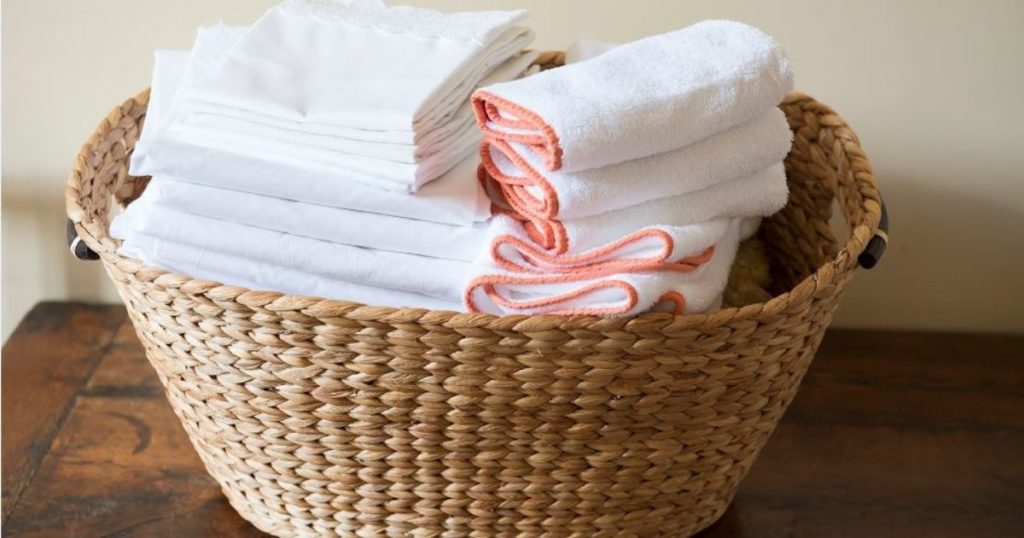A good dinner rarely ends with clean table linen – usually, we end up dealing with at least a few different kinds of stains. Our coffee in bed sometimes literally becomes a coffee in bed with sheets soaking in a hot dark brew. And when the kids eat strawberries, we know we might face a few red spots here and there.
Although food, beverage, and grease stains are quite common in our daily life, they all require different treatments. What works for one, doesn’t always work for another so we understand that sometimes you may find yourself on a brink of giving up and throwing the stained thing away. Linen Tales, linen experts from Europe prepared you some useful guide on stain cleaning.
One of the most appreciated linen’s feature is its durability. Coming from nature, and only treated with high quality materials, it can last you for years. Linen experts from Lithuania have prepared you some useful tips and tricks on maintaining linen’s cleanliness without damaging the fabric. Whether you’re interested in general rules or how to deal with specific stains, you’ll find some useful information below.
How to wash linen fabric? General rules.

- During the first wash, it is best to use a temperature lower than 40°C.
- Linen should be washed at 40°C. If some heavy-duty stains appear, you can increase the temperature up to 60°C. However, high temperatures shouldn’t be used too often as linen tends to shrink.
- Linen should be washed separately from other fabrics and colors.
How to wash linen fabric in the washing machine?
- Linen is machine-washable. If yours allows, choose the highest possible water level.
- Do not overload the washing machine. Overloading can result in pieces of laundry intertwining with each other, twisting, and changing their original shape.
How to hand-wash linen fabric?
- If you decided to hand-wash your linen pieces, use lots of water, as linen tends to absorb great amounts of it.
- Rinse the linen carefully. Do not twist, crumple, or rub the fabric hardly – it can result in damage.
- Hand-wash is best for thin linen fabrics, which could get damaged in the washing machine.
What detergents should I use for linen fabric?

- It is advised to choose soft, neutral detergents for delicate fabrics.
- Avoid detergents with bleach (i.e. chlorine, peroxide).
- Do not put detergents directly on the fabric.
- Detergents must be fully rinsed after washing.
How to dry linen fabric?
- Linen can be dried in a tumble dryer on a low temperature, hung, or left to dry flat on a white towel.
- If using a tumble dryer, take the linen out when it’s still damp and complete drying by hanging it or laying flat on a white towel.
- If possible, allow white linen pieces to dry out in the sun. It will help to maintain the fresh whiteness.
- Do not overdry linen as it can weaken or shrink the fabric.
How to iron linen fabric?
- Iron linen while it’s still slightly damp.
- Use medium or high temperatures and steam. If needed, you can also spray some water on the fabric.
- Iron on the reverse side.
- If you like the natural, slightly crinkled look of linen, you can skip the ironing. Spraying some water on the biggest wrinkles will help to even them out slightly. Simply lay your linen piece on a flat surface, spray some water and even out with your hand. Allow to dry.
Can I bleach linen fabric?
- You can only bleach white linen pieces. Do not bleach colored items.
- It is recommended to use oxygen-based bleaching agents.
- Do not use chlorine-based bleach. It changes the hue of white fabrics and weakens the fiber, which results in quick weariness and even ripping.
- Use bleach carefully, avoid doing it too often.






